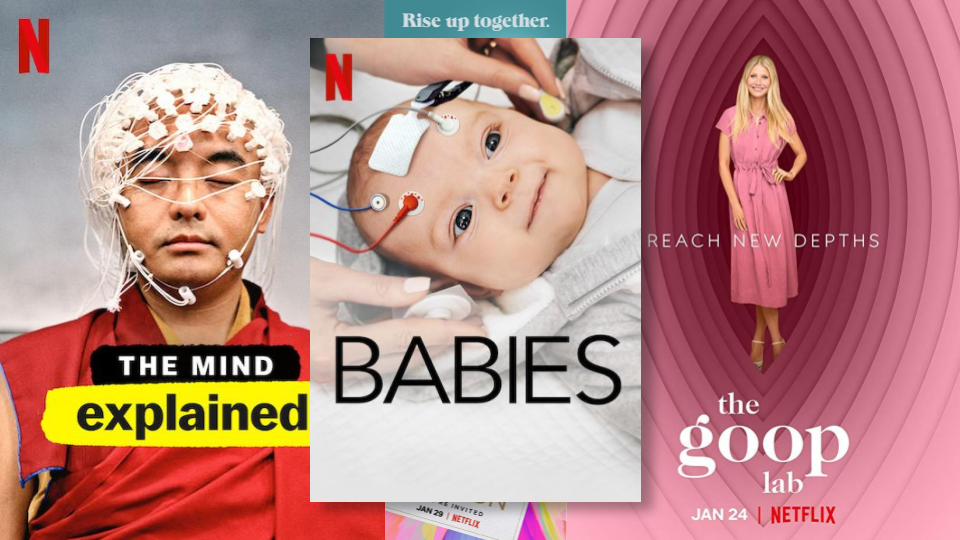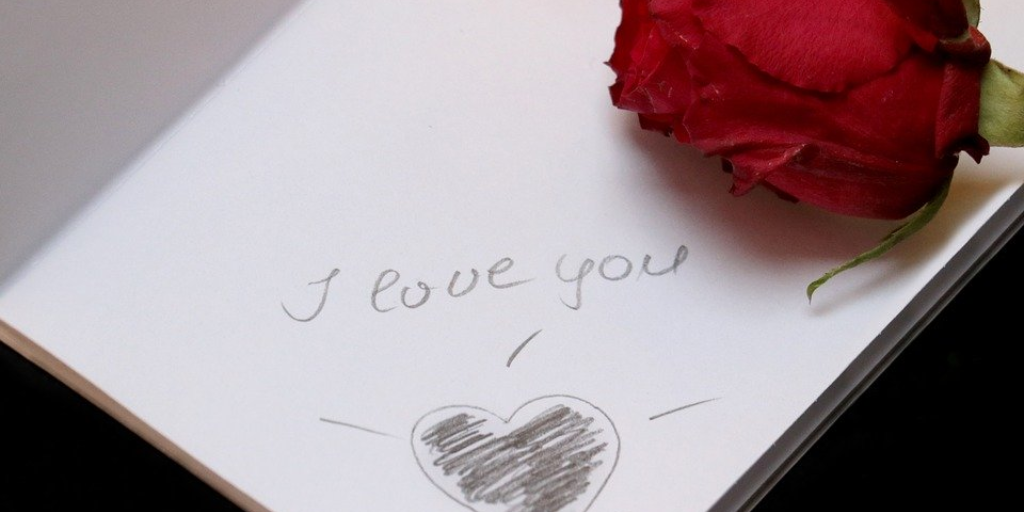Sunday Classics
by Jeric Llanes
Time to switch things up for the week! Instead of the usual review blog on some of Hollywood’s most classic movies, we’re going to take a look at a foreign film that is equally as influential and important to the history of cinema. It’ll be cool to see and talk about the creative films from different parts of the world, don’t you think? Hope you enjoy!
Winner of 1952’s Academy Award for best foreign film, Rashomon (1950) is a Japanese crime movie that is universally praised amongst cinema’s greatest mystery dramas. From the vision of legendary director Akira Kurosawa (Seven Samurai, Yojimbo, Ran), this movie borrows its basic premise from the short story “In a Grove”. A samurai has been found dead in the woods, and three witnesses are called in to give their own account over the mysterious incident. The problem, however, is that each witness claims to be responsible for the murder, providing testimonies that drastically contradict one another which leaves us questioning the meaning of truth and self-honesty.
Each of the characters relevant to the crime are given their time to speak in front of an off-screen judge, and their perspectives are told in a series of individual flashbacks. Keeping the judge (and the court, if there happened to be one) off screen was a simple, but clever way to bring the audience closer to the drama. Before cutting away to the flashbacks, the witnesses stare right into the camera and give an opening monologue that smoothly transitions the film into the past when the murder occurred. In doing so, the characters appear to be speaking directly to us, the audience, as if we were the authorities that will piece together the scene of the crime. The characters simply speak their peace, and the audience plays the role of the judge.

Did The Samurai (Played by Masayuki Mori) meet his demise in the aftermath of this duel to the death? (Photo taken from IMDB)
I also thought the premise of the film allowed for the actors to showcase their range as performers. Front and center is Toshiro Mifune, who stars as the infamous bandit Tajomaru. Snarky and mischievous, it isn’t a big surprise when he boasts over having been the one that killed the samurai. He’s a famous criminal, after all. It’s easy to see him taking pride over being such a strong and ruthless outlaw. However, Mifune shows his chops as an actor when the other characters give their testimony that paint the bandit Tajomaru in a different way. In other flashbacks depicting the different perspectives, the bandit is portrayed as soft-willed, hesitant, and a bit of a coward. Mifune performing different takes and interpretations of the same character is quite impressive, and the same goes for the rest of the performing cast that are tasked with shifting personalities of the same persona in multiple flashbacks.
Though, I can imagine some viewers to consider the drastic shift of personalities in the characters to be overacting, and I’m inclined to agree. But I accept it for good reason! Director Kurosawa is known for his admiration to Western films, and he implements a lot of the techniques in those movies into his own work. Being a huge fan of silent films, Kurosawa wanted his actors in Rashomon to portray emotion through body language and movement, hence the tendency to “overact” by Mifune and company. The beauty in the exaggeration of these characters is that even in moments of dramatic silence, it allows the characters to continue to tell the story without talking, as if Rashomon was indeed a silent film.
Keeping some of the scenes in silence also give way for us to notice the brilliance of the cinematography. Teaming with cinematographer Kaziro Miyagawa, Kurosawa uses a relatively simple setting for Rashomon, opting to have the story take place in a total of three different settings. An abandoned temple, the courthouse, and the forest. The majority of the film takes place in the depths of the forest, where the choice of cinematography most effectively comes into play. It’s clear to see that scenes would be shot with some of the trees and leaves of the forest still in the frame, partially blocking our view as the events unfold. This of course is most likely a subtle nod to the whole ambiguity of the story, as the forest represents the uncertainty of what appears in front of our eyes, and more importantly, the lack of clarity in the stories being told by our characters.
Is it possible to simultaneously tell the truth while being dishonest with ourselves? But what is self-honesty if the truth we actually believe in is in question? That’s the conundrum Rashomon finds itself in. I mean think about it. What purpose would it serve to lie about murder when the “lie” itself is admitting to the crime? This burning question makes us want to further scrutinize the characters, and figure out what they all have to gain by telling their side of the tale. Or perhaps, there isn’t necessarily so much to gain, and the testimonies they share are the truths they actually believe in.
But that’s up for us to decide, right? The ball comes right back to our court to determine what to believe after seeing each of the characters’ takes on the same incident. And that’s what continues to make this classic film so compelling. Nothing is ever spoon-fed to us when it comes to the plot. Rashomon gives way for the audience to soak in every masterful aspect of the film in order to determine the reality of the truth.
Where to Watch this Film: Rashomon (1950) is available for rent and purchase on Amazon Video, iTunes, and Netflix DVD.








Picking up the story three years after the ending of The Godfather, The Godfather Part II continues the saga of Michael Corleone (Al Pacino) as he looks to bring his family’s reputation…
Read More →